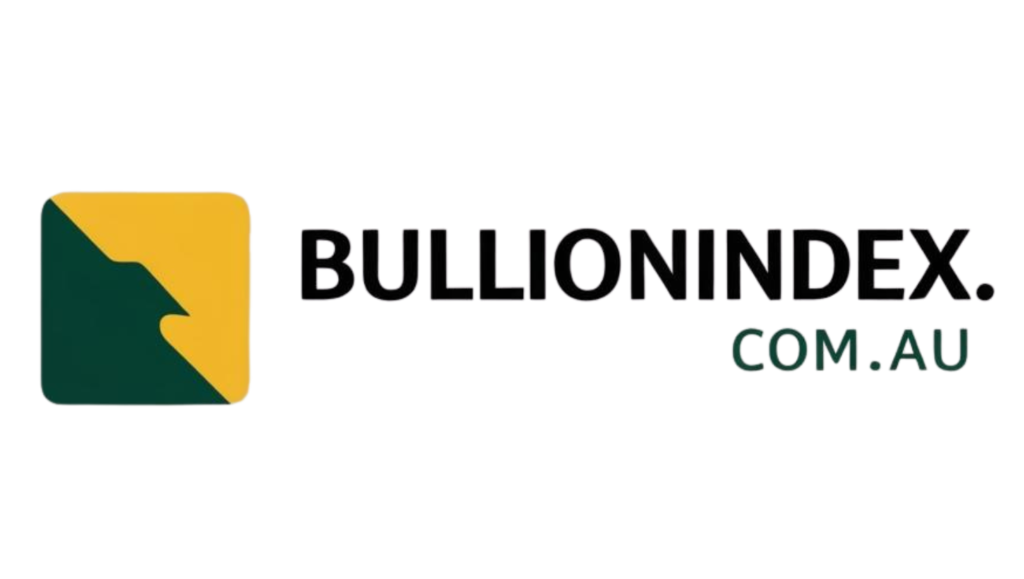Palladium bullion prices have been experiencing significant volatility in recent times, reflecting the uncertainty prevalent in the market. The first quarter of the year saw a decline in both platinum and palladium prices, with platinum dropping by 8.77% and palladium by 7.91%. By the end of Q1, platinum futures closed at $907.70, while palladium futures stood at $1,021.50 per ounce.
It is essential to recognize that the prices of platinum and palladium are more influenced by their industrial applications rather than purely financial factors, despite being classified as precious metals. Compared to gold and silver markets, platinum and palladium futures markets are less liquid, leading to increased price volatility when trends emerge.
Platinum prices have shown signs of recovery, with futures rallying by 20% from $921.10 in late March to $1,105 in May. Although platinum has been trading around the $1,000 level in recent years, it experienced a 14.8% increase in Q2, surpassing the $1,050 mark by late May. On the other hand, palladium futures settled at $1,021.50 per ounce at the end of Q1, with a slight 1.6% decrease by late May, trading at $1,005.50.
The liquidity of futures markets, indicated by volume and open interest, plays a crucial role in determining price stability. While gold and silver markets boast high liquidity, platinum and palladium markets suffer from lower levels. For instance, as of May 21, 2024, NYMEX platinum open interest was at 92,741, with an average daily volume of over 35,000 contracts. In comparison, NYMEX palladium open interest was at 26,143, with an average daily volume of over 5,000 contracts, highlighting the lower liquidity of palladium futures.
The Aberdeen Physical Platinum ETF (PPLT) and Aberdeen Physical Palladium ETF (PALL) offer investors direct exposure to platinum and palladium through physical bars and coins. PPLT, with over $1.097 billion in assets under management, has seen a 14.95% increase in share value, while PALL, managing around $290.50 million in assets, experienced a 1.23% decline. These ETFs provide an alternative investment avenue for those seeking exposure to platinum and palladium markets.
In conclusion, while platinum has shown resilience and potential for an upward trend, palladium remains in a bearish trajectory. With the current market dynamics favoring gold and silver prices, platinum and palladium present viable options for investors seeking value in the precious metals sector. The ongoing volatility underscores the need for careful monitoring of trends and technical indicators to navigate the uncertainties in the palladium bullion market.

Leave a Reply
You must be logged in to post a comment.